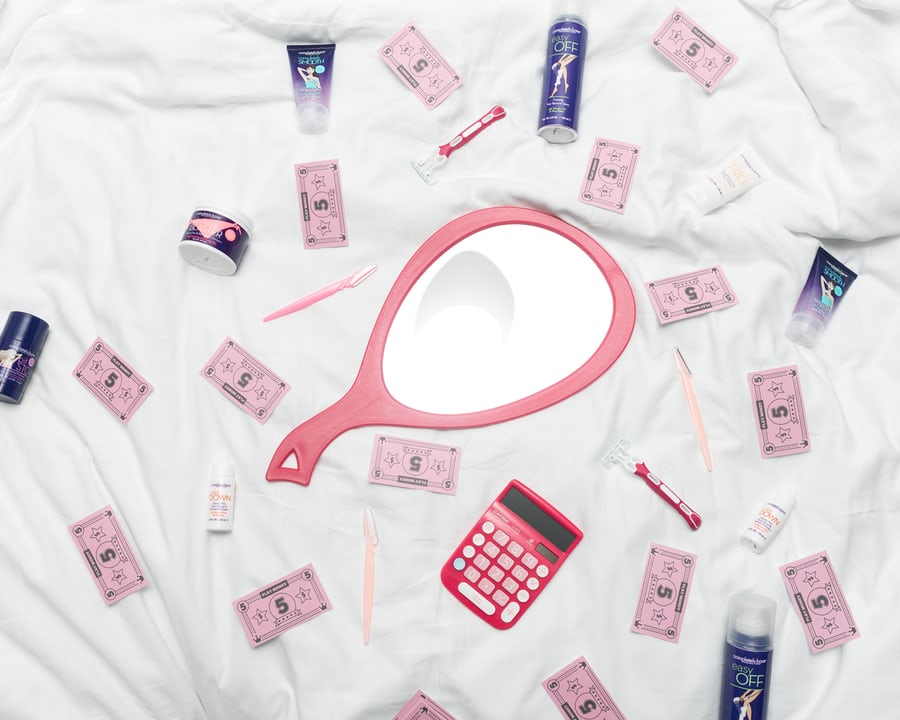When I stumbled into Sephora for the first time last year, I distinctly noticed the discriminatory price disparity on gender labeled products.
A cosmetics shop wouldn’t be a typical place to compare male vs female products but somehow I saw the largest difference in pricing right there! At least makeup is finally being normalized across genders. Yes, men wear it all the time. You just don’t notice it because it is makeup after all.
Anyway, if you ever noticed, which I wouldn’t be surprised if you haven’t since the only photo of me online is from senior year of HS, I’m not a big fan of makeup, rarely wear, and barley own it. Sephora was foreign to me until I ironically got into finance.
My distaste for makeup has nothing to do with lack of application and skill, laziness or appeal. It is beyond that. Reasons regarding the environment to chemical products on my skin stopped me from visiting a Sephora until last year. I figured I would need to spruce up my appearance eventually as I age so I took a shot at it in the prime season of sophomore year in college and went browsing inside.
My first reaction to the cosmetics, makeup world was overwhelming. I had no idea what I needed but every item screamed to buy it. Sephora resembles an Abercrombie and Victoria Secret merger. A recipe for disaster! Since the luxury goods company, LVMH owns Sephora, at least the stock has been stable and surprisingly booming thanks to all different segments of the business tacking off at random points in 2020. During the pandemic with our masks tightly sealed on our faces, it was all about the eye shadow and moisturizer, now spray tan to lipstick are coming back emptying shelves. The supply chain shortages and bottlenecks have to do with production limitations but for the most part, it is also the pent-up demand back to the real world.
Looking good never looked so good!
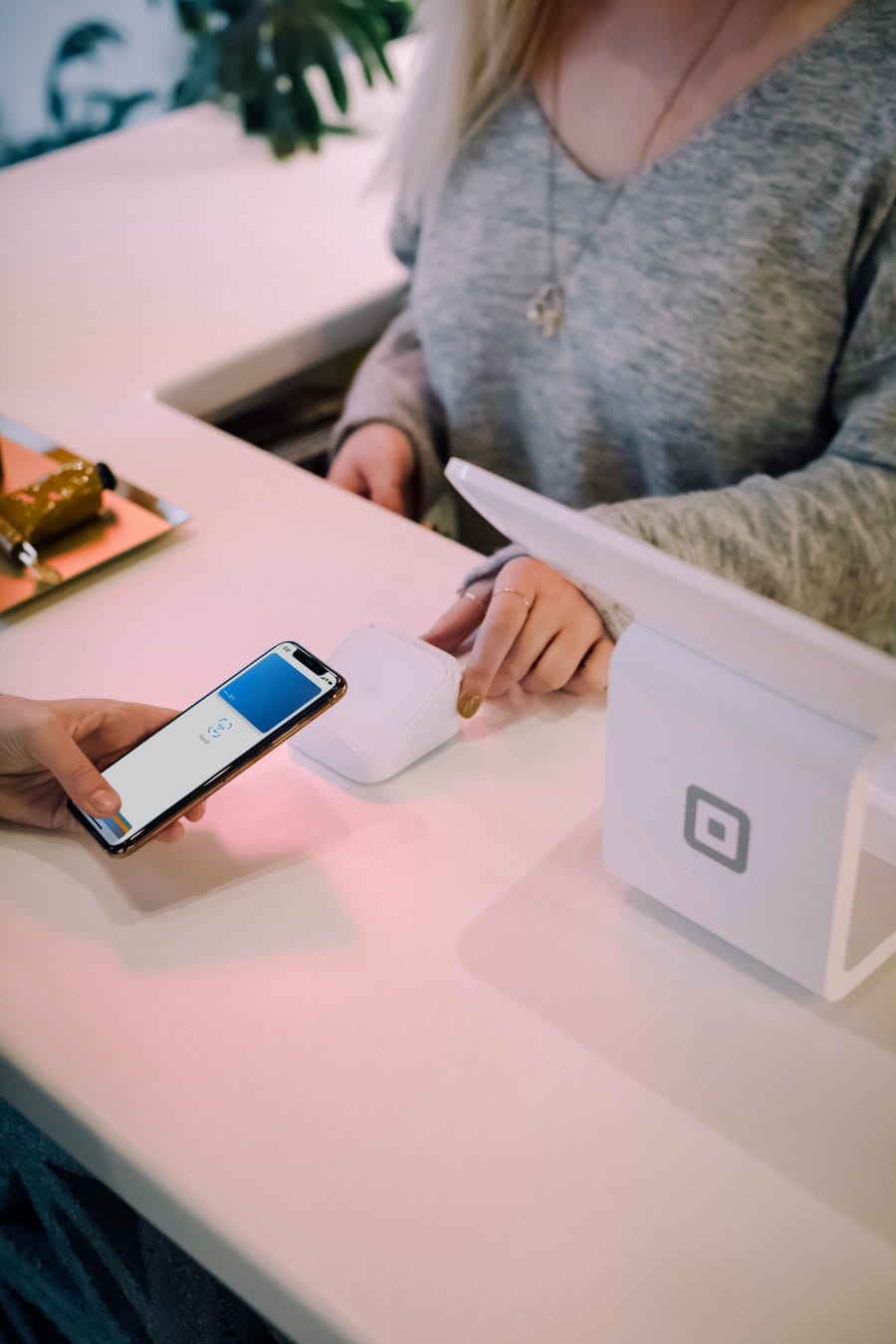
Too Good To Be True
As someone who’s never visited a makeup store, it made sense for me to reach out to an associate and ask for their best concealer to hide my acne that never ceases to exist.
Perplexed by the whooping price tag for a stick of concealer, the associate helped me find one that matched my skin color and I went on with my shopping adventure.
I went on to observe the other products that seemed pointless but were extremely enticing. I felt as if I was in a lab. No wonder I’m not surprised women and men use an abundance of pointless products from hair lotion, yes that’s a thing to avocado rollers, one again, yes that exists. All these products are too good to put down! We feel compelled to try and grab the new item off the shelves in order to transform ourselves.
I wish one day we would stop paying attention to our looks and impressing strangers and focus on educating ourselves to the fullest. Sadly I don’t see that being the case anytime soon especially since looks play a larger role than we hoped they would when it comes to success. If you have the attractiveness, use it to your advantage.
You can read here about the correlation between success and attractiveness.
I’ve always stuck with trusty Cetaphil cream since I was young and it’s been reliable since on my unpredictable skin. Since I have very oily skin, Cetaphil makes my skin glow 10x more to the point where it looks like I just got out of the sauna. Not terrific for Zoom calls but it’s better than peeling cracked skin.
I’ve stuck with it since I found Cetaphil and don’t plan on changing my daily moisturizer unless I have to. I must not be the only one who is overwhelmed by the abundance of “toxic” useless fake promised products. The less on your skin the better.
After investigating Sephora, I couldn’t handle making another purchase. I didn’t plan on purchasing anything in the first place but felt completed to do so as a gullible teen so I went with the innocent concealer that ended up being 4 shades darker than my skin tone in less artificial lighting at home and went on with life.
Open Your Eyes
Soon after, I stopped by CVS to check out their makeup department just to compare prices. As a frugal minimalist stealth wealth individual, there’s no getting by with comparison shopping. When it comes to mainly 3 things in life: skincare, health and food, I do not compromise for the non-organic sulfates and toxins. You can choose to eat McDonalds for less than $5 a day and deal with expensive medical consequences down the road or pay a bit more for nutritious satiating veggies that fuel your body. We have too many choices and cannot make up our minds!
Although we never truly know what ingredients are in anything anymore, let alone in trusty Cetaphil with foreign ingredients listed on the back, at least I know what’s on my plate 3x a day.
I started to browse around CVS’ creams, perfumes, makeup products, and this whole universe first for the ladies section and then off to the men’s. Straight away I became frustrated since it’s plain in sight.
Although I knew this was the case in various spheres from all sorts of services to retail goods, I didn’t realize the gender price gap was so wide in terms of facial and self-care products! Without revealing the names of the products, there were well-known brand name goods that were creams, moisturizers, deodorant, even shampoos and conditioners made especially for women and men that were drastic in price! I was appalled since men and women have different tastes and manufacturers tend to add more unique, quality scents to women’s products to gage the price on purpose.
After only spending $12.87 for concealer, arguably the lower end of makeup, I cannot imagine how much money 20 year old beauty fanatics have spent yoy!
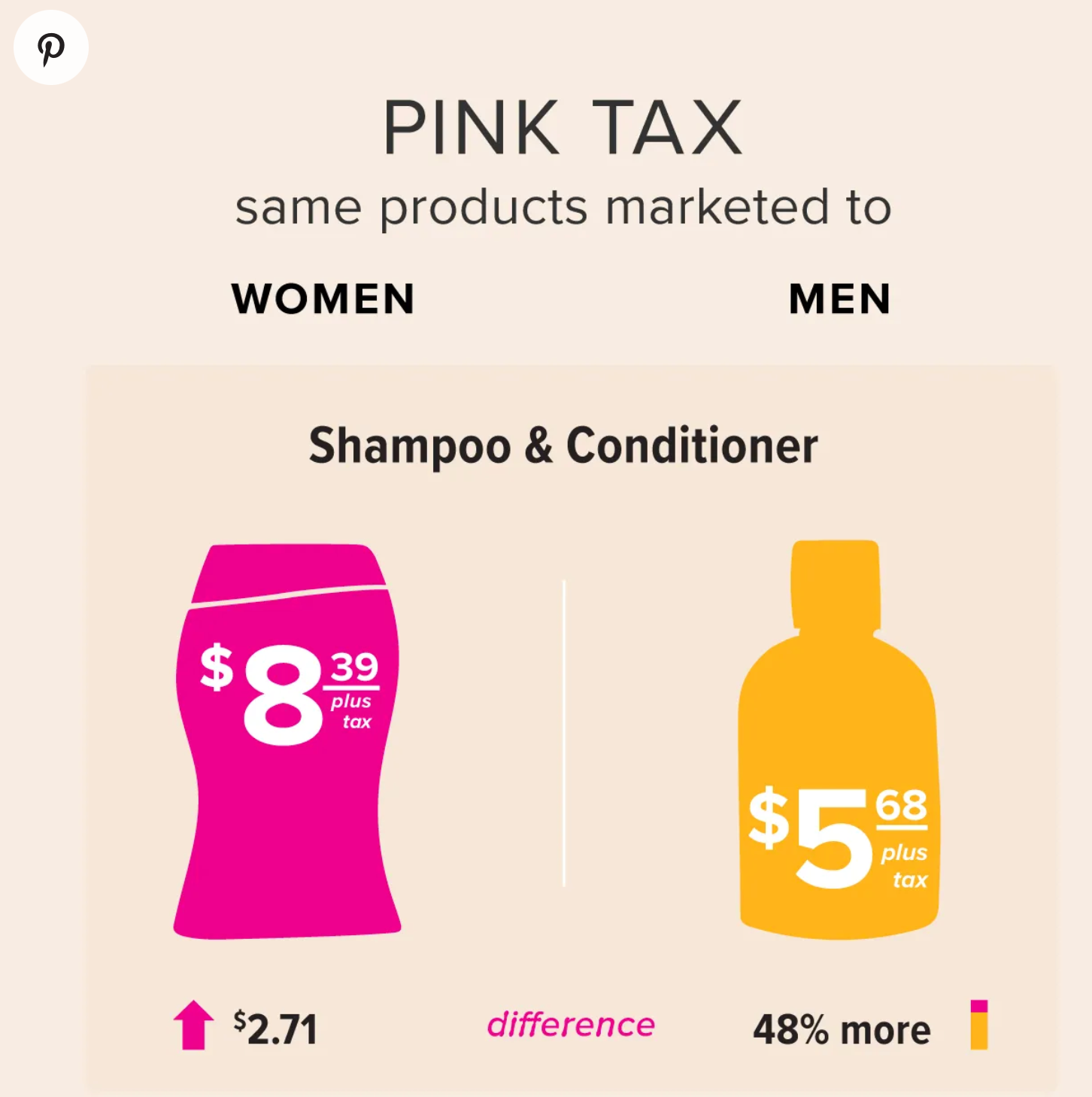
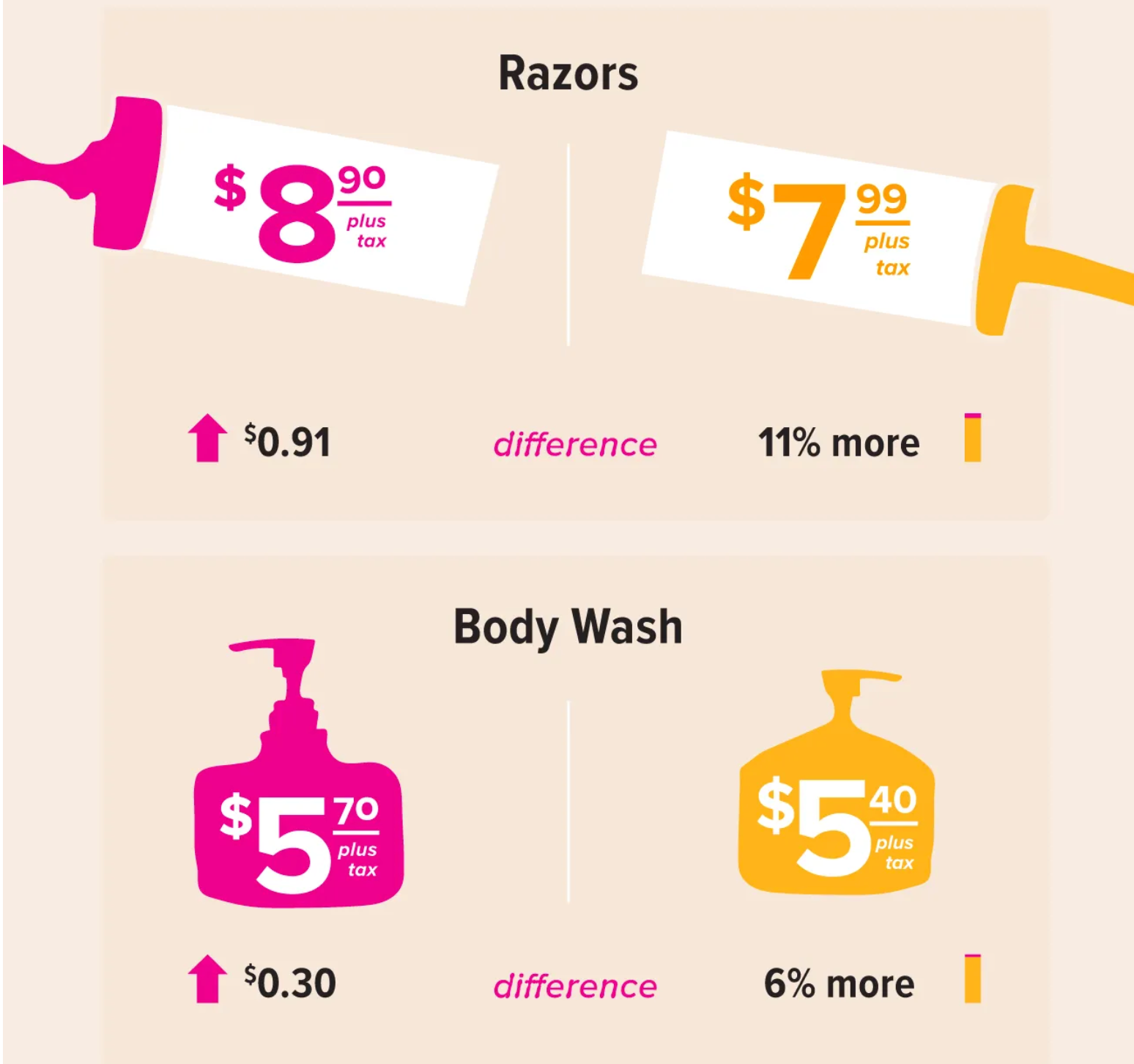
The Cost of Beauty
Buckle your seat belts, according to Global Insights, globally, consumers spend an estimated $382 billion on beauty (cosmetics) products each year with the average individual projected to spend around $15,000 in their lifetime on skincare products!
Who is this individual you may ask?
The TABS Analytics’ second annual U.S. Cosmetics Study found that Millennial women ages 18–34 are the heaviest buyers of beauty products in the $20 billions cosmetics market and it has only risen higher this year as a focus on the lower half of the face is back in full-force thanks to vaccinations.
With celebrity endorsements from the Kylie Lip Kit to Jessica Alba’s skincare line, brand deals left and right, new companies preaching self-love, clean and organic, no-chemicals, or just call it soil and mold, the target market of skincare is expanding the most to younger consumers who are easily the most susceptible to buying nonsense and storing it for decades in their medicine cabinet. This drive in purchasing skincare products is addicting since we all want to look our best but according to my sources, a.k.a my friends who admittedly spend hundreds per month on looking their best, they still say the simplest is the best. Sadly, far too many people do not practice what they preach.

Too Far?
Less = more according to dermatologists never companies. The only problem is consumers are convinced there are vast developments in the cosmetics space going on, working with top dermatologists and scientists which has made us believe the next launch of another anti-wrinkle cream can actually become the ultimate breakthrough. It’s hard to go back and pretend you haven’t experienced the thrill of trying out a new product. We all want to chase something no one has discovered to look our best. Makeup is one of those strange addictions women have that doesn’t work by going cold turkey.
Makeup to beauty services such as spa treatments to acupuncture to clothing and subscriptions such as Rent The Runway to overly priced luxury diet cleanse for brides, Sakara Life and makeup subscription service BirchBox, are persistent in their marketing efforts and hiking the Pink Tax. They mostly sell fake promises to women with unrealistic expectations. Brands latch onto the subscription model that keeps consumers locked in convincing them they are saving more overtime on something they never needed in the first place.
Although we cannot do much about the steep prices tied to our essential products since they are dependent on the brand and what they themselves set them as, compared to women, surprisingly men only spend slightly less on beauty products. On average men spend around $175,680 over the course of their lifetimes on beauty. This equates to roughly $244 per month according to Byrdie versus $480 per month for women.
So what does this hefty replicable monthly grocery bill include?
The reason men spend less is because they stick to long-lasting products that aren’t as specialized, don’t expire as quickly or known as super “trendy products” that women are attracted to. All they realistically need is a razor, some cream, free water, deodorant, and optional gel. If you want to get fancy, everyday essentials such as facial creams, moisturizer, cleansers, body wash and other products geared for grooming even cost less for men than women.
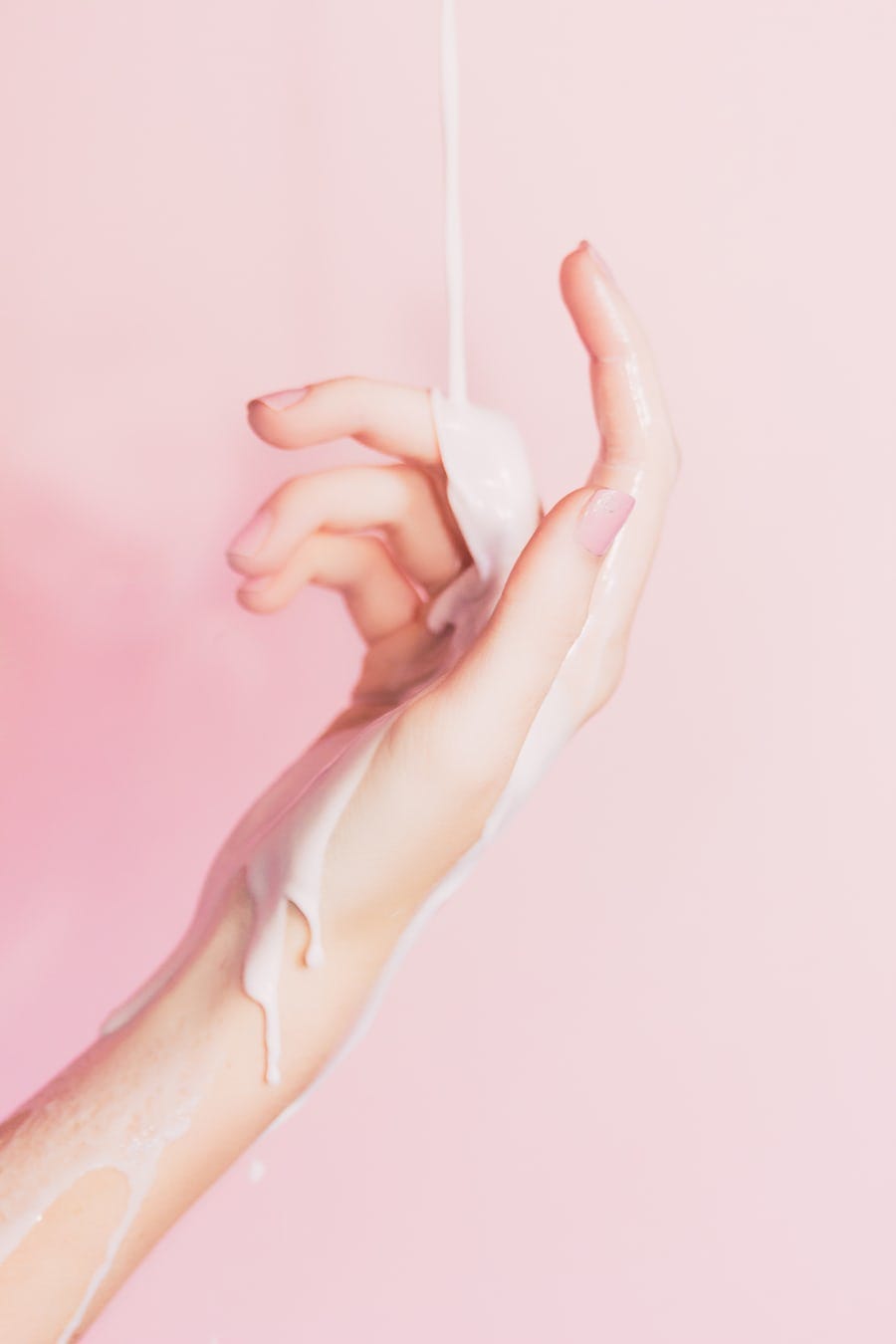
Why Women Have To Spend More For Less
In terms on grooming, cosmetics, skincare and all things beauty, it isn’t surprising to see that women spend roughly 2x more per month than men.
But are women really high maintenance or have these prices always been built into women based products?
That’s where the Pink Tax comes into play. It is hidden into these products and affects the pricing power of women’s wallets throughout their lifetime. Not only are we earning less than men blocked from the hidden elevator to higher leadership positions and pay, we have to pay more for basic hygiene equipment and products as well!
Women have to subconsciously factor in these products’ higher costs into their budgets. Maybe that’s why we are better spenders after all since we must budget more effectively in order to stay healthy. Buying certain personal hygiene products that men don’t have to deal with isn’t an option for women. Makeup can be but even in a society where we feel “not put together” or my favorite, “not ourselves” without it, makeup doesn’t feel optional either.
The Pink Tax is not actually a tax but rather a system of discriminatory pricing on products and services that is based on gender. This Pink Tax on various goods in various industries costs the average woman over $1,300 a year and impacts all aspects of daily life from shopping to dry cleaning according to Investopedia.
The Pink Tax is one out of many discriminatory factors that plays a role in gender inequality and has been going on prior to the days when women could buy their own products with their own credit card in their name starting in the 1970s! Hidden discrimination inside the wide gender pay gap, social biases, the hidden elevator effect allowing men to rise up the ladder faster, harsher penalties given to women for seemingly normal behavior performed by men, and unfair treatment towards women lead to less opportunities in the long-run, hurting our chances for success in our careers and wallet.
At a certain point in our lives, we have no option than to spend more money on our hygiene and on beauty products. Sure you can be anti-makeup but it won’t last long. Most women wear it because they feel the need to specially in certain conservative industries.
Surprisingly in a study from Bustle.com, out of those surveyed, only 18% of women say they were makeup every day or almost every day. Even then, only 28% of women said they wear makeup ‘most days’ and the real reasons for wearing it include for themselves and because they are out of the house.
We could go on forever on the science behind makeup and the real reasons why women do or don’t put it on but we can all agree that the basic premise of it is either behind appeal, conformity, and the feeling it presents.
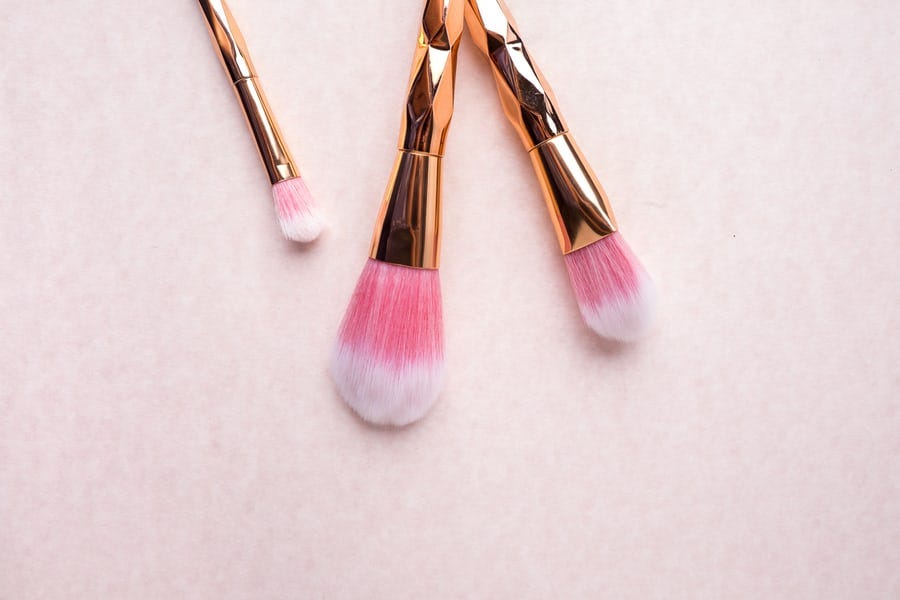
Mandatory Makeup
You can read here about the fascinating study conducted from the Association for Psychological Science illustrating that attractive people are treated more favorably in every area of life, from dating to jobs to jury duty, and simply get farther in life!
There’s no doubt people are more likely to work and spend time with you if you are more attractive. We are social creatures and it’s our nature to be picky. The projected $185 billion cosmetic beauty industry has convinced us that that is the case and makeup is one of the possible ways to success and ultimate confidence.
The Pink Tax is particularly disturbing since it adds up big time quick and cannot truly be avoided. Yes some countries ban a sales tax on women’s hygiene products but from clothing to even diet plans, there’s no stopping private enterprises. Beauty products disguise themselves as a luxury good, almost replicating a type of experience and new adventure. Women get hooked on that and one can literally spend all day trying out makeup and styling themselves as it is seen as a fun activity to pass the time.
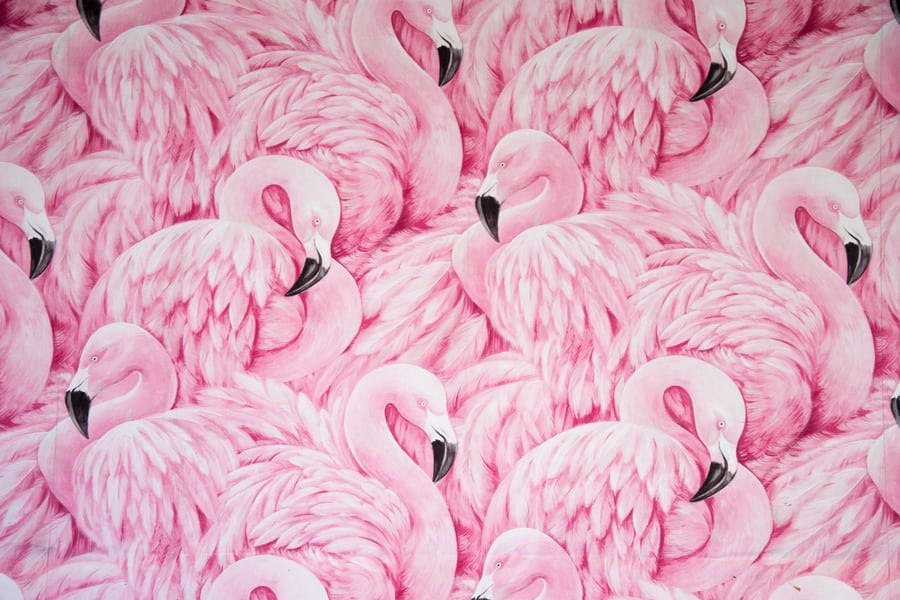
What Makes Women’s Products MORE and TOO Expensive
If you walk into any department store or brick-and-mortar retailer, you will quickly notice distinct differences between male and female products. Female products tend to be “hard to miss”, lathered in pink and bright exuberant colors, designs, and patterns smothered with a scent of a vibrant rose garden while masculine products are traditionally more faint and mellow in darker packaging and come in a more discrete unnoticeable hidden scent.
Scent and color are the most obvious differences between male and female products and the price tag is tapped into this. As opposed to clothing, a company can justify its high price based on more stylish packaging for a woman’s perfume.
This sounds like capitalism!
Companies want to make as much money on us as possible because they easily can. If a woman claims she needs that moisturizer, no matter how pricey it is, if she’s addicted to the smell, texture, and routine, she is a lifetime buyer. If you can’t afford a lip gloss, you don’t buy that one but you buy another one until you are satisfied. There’s no DIY makeup, for the most part. It is optional but women feel the need to buy it for social, behavioral, and economic acceptance.
And this isn’t just the case once a girl turns 16. Price discrimination has evolved throughout our lifetime from the day we were declared female. Researchers looked at 106 products in the toys and accessories category and found that, on average, those intended for girls were priced 7 percent higher and amongst personal care products, the differences are most startling! Even the packaging, labeling and coloring most of the time is overdone on purpose to compensate for higher marketing costs and boost more sales.
The Pink Tax Legislation
Why has there been a lack of enforcement and crack down on price discrimination?
-Capitalism is at play, companies benefit off of selling more junk we don’t need
-With certain products women have no choice than to have to pay the tax on top to live and stay healthy
-Our legislators don’t menstruate so the tampon tax on feminine hygiene products hasn’t changed
There is no real legislation to regulate the Pink Tax since it can be especially hard to crack down on when the government, mostly white males, have no incentive to change it. We can ask Pelosi but she seems to always have something else on her mind and compared to her staggering ~$200m net worth, the Pink Tax is irrelevant to her.
Plus the Pink Tax isn’t actually considered a TAX and cannot be repealed as it is called an import tariff instead. In the U.S., clothing companies pay higher import tariffs one women’s items such as wool jackets, cotton suits, suit jackets, and leather shoes according to a study published by Texas A&M University. This is a tariff like tax built into the product and reflects the manufacturing, serving, and production costs.
Companies receive the profit if a replicable version of a male product gets sold to a female for more.
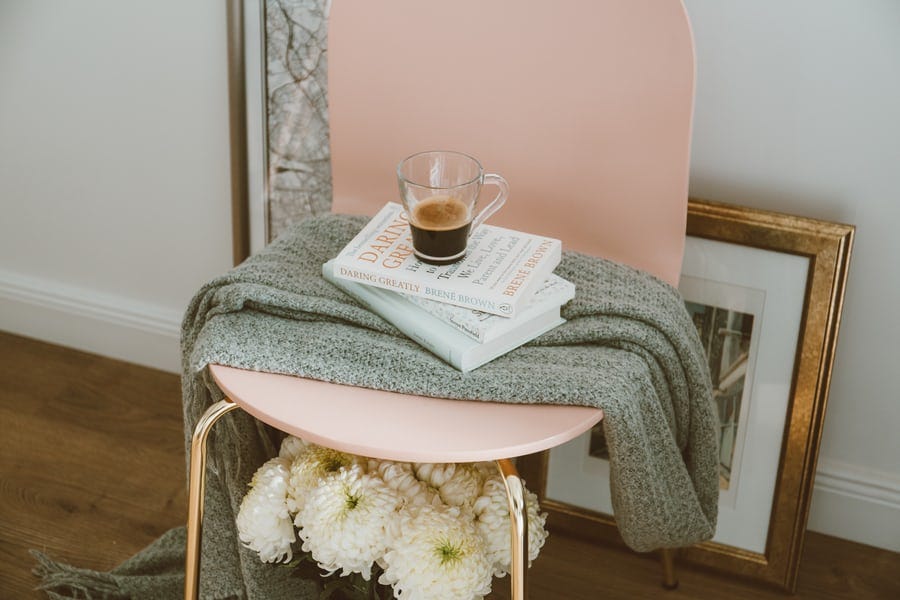
Price and Pay Differences Overall
Women on average earn 84% of what men earned in 2020 according to a Pew Research Center analysis and the pay gap has been stagnant and widely unchanged for much of history. Women earn 82 cents of the dollar and the gap is even wider for minorities and women of color. This exists in almost all industries.
Since salaries aren’t widely disclosed and the taboo on money is strong, it is hard to estimate how much women are loosing out on due to ineffective pay legislation and the barriers to entry into top fields.
Whether you are a half glass full or empty kind of gal or gent, the pandemic has produced mixed results. It has lead to an unexpected labor shortage incentivizing top talent and more opportunity for applicants with increased signing bonuses and perks making it easier for women to join and get their career rolling but covid has also set women’s labor force participation back more than 30 years.
Due to the pay gap, layoffs, and a lack of childcare, this forced women to stay at home to tackle more invisible duties such as childcare and dishes. In February of 2021, the women’s labor force participation rate was 55.8% — the same rate as in April 1987 according to the Department of Labor’s data.
We cannot be oblivious to these enormous price differences and companies need to take a larger stance on price discrimination and diversity. Luckily more organizations and non-profits have campaigns and movements. I hope this encourages more awareness around this issue.
Seriously. A women’s haircut doesn’t take that much longer than a male’s for her to have to pay 5x more.
As a women myself dealing with this unfair system, I cannot single-handedly revert these prices and I am forced to pay for what I need to stay alive and healthy.
But what we can control as ladies is how we react to deceptive marketing tactics, the new trends, and fancy new hot products in the beauty world that our favorite celebrity endorses but realistically never uses. You are beautiful the way you are and although you shouldn’t take makeup advice from me per se, I can guarantee you too much of it will not look flattering either.
The up-charge on personal care products and the sales tax/tarriff adds up overtime each month and there’s no real way to get around it especially for personal care and hygiene products. At the end of the day, simpler is usually better and I urge you to buy what you need 90% of the time, not just what you want to treat your body, mind, and wallet right.

